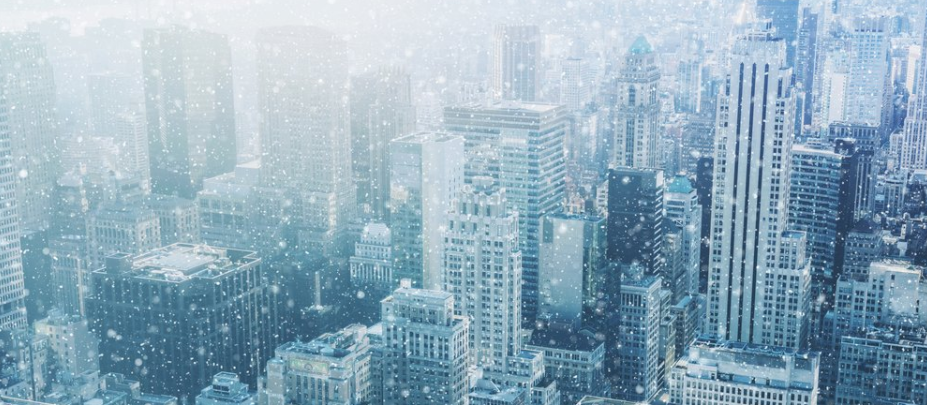
Everybody loves the fall, as it marks the beginning of the holiday season and brings families together. However, as winter approaches, the heating requirements rise considerably which can lead to an expensive season unless you do something about it. The same also applies for businesses, which means how to reduce the heating bills becomes a rising concern for everyone.
While insulation inspection, upgrading HVAC systems and deep retrofits can drastically reduce your heating costs, there are simple measures with minimal investment required can help you achieve similar results.
This blog highlights the top 3 simple measures that can reduce heating costs in building during winter.
-
Finding and Sealing Air Leaks
Air leaks are responsible for energy wastage all year long. In winters, air leaks that are properly sealed allow the cold outdoor air to come in contact with the warm indoor air, and vice versa during summer. This leads to increased power consumption by the heating systems and also causes indoor spaces to have hot and cold spots.
Finding air leaks can be a challenging task as they are invisible. Air leaks can be felt by standing close to them, but that’s a very inefficient way to locate them without the guarantee of identifying them all.
Energy consulting engineers can easily spot and precisely pinpoint air leaks quickly by using thermal imaging and pressurization tests. Thermal imaging can also detect deficient insulation in various parts of the building envelope even when no air leaks are present.
Once the air leaks have been detected, they can be taken care of with methods like caulking, weather-stripping and spray foam insulation.
- Caulking: It is used to seal air leaks that affect fixed elements like the outer edge of a window frame.
- Weather-stripping: It is used to seal air leaks in moving elements like the space between a door and its frame.
- Spray Foam Insulation: It is also used for fixed components and can be applied to hollow building elements having poor insulation.
-
Setting Back the Thermostat
Many space heating systems work at full capacity all winter long for regulating the heating requirements. However, in most cases, the higher energy consumption and energy wastage isn’t justified. It is possible to reduce heating requirements without having a negative impact on comfort. It is worth noticing that some cold places might need the heating systems to run at full heating capacity. The solution will be mentioned in the next point.
Based on a study conducted by the US Department of Energy, the annual heating and cooling costs can be cut down by up to 10% if the thermostat is set back 7-10 degree Fahrenheit for 8 hrs/day. This configuration schedule can be fed to the smart thermostat or Building Automation System (BAS) for reducing the heating costs without needed the HVAC systems to be modified.
A study conducted by Lawrence Berkeley National Laboratory (LBNL) found that the ideal temperature for peak human productivity is around 22 degree Celsius, but personal preferences also have a role.
-
Professional Inspection of Your Heating Systems
Upgrading a heating equipment can greatly reduce your energy bills. However, it has also been observed that energy is wasted due to simple maintenance issues or configuration errors. The easiest and most efficient way to detect and avoid these issues is to get a professional inspection.
If you use fuel-burning equipment, a professional can help you improve safety. Flue gases must be properly exhausted since they impose danger when allowed to accumulate indoors. For instance, carbon monoxide is lethal to humans at concentrations below 1%.
A professional assessment can also help in identifying upgrade opportunities for your heating systems. Most HVAC engineers do not recommend a major retrofit when space heating is the need, and can be scheduled for summer.
